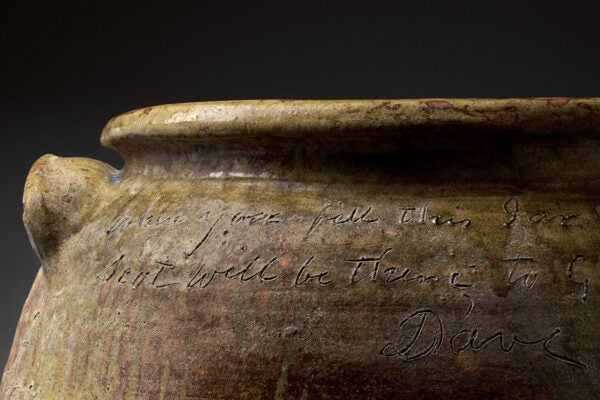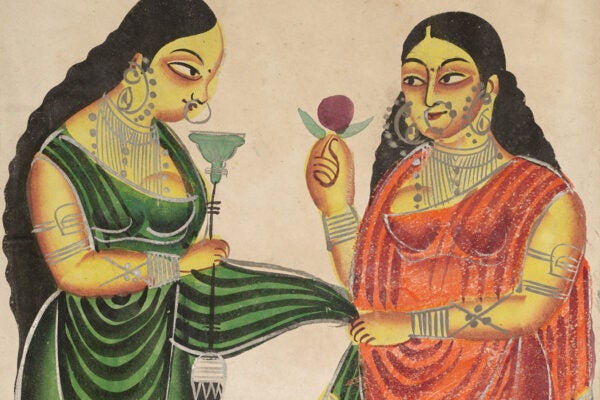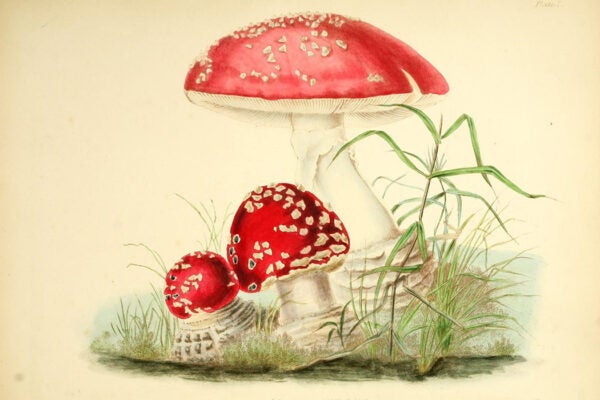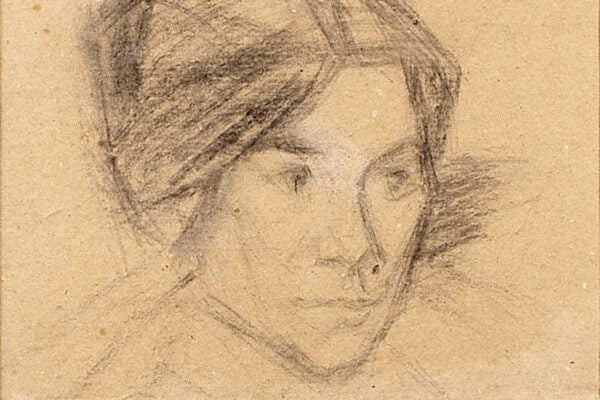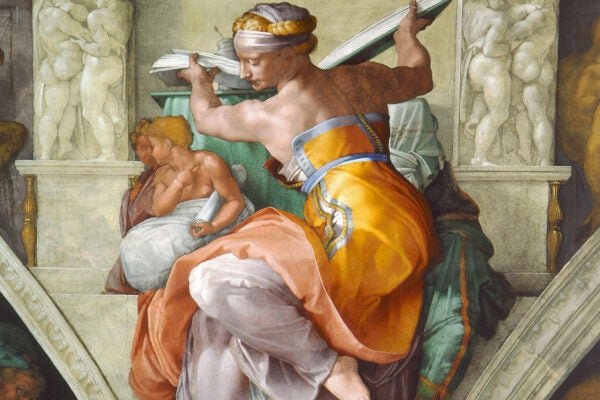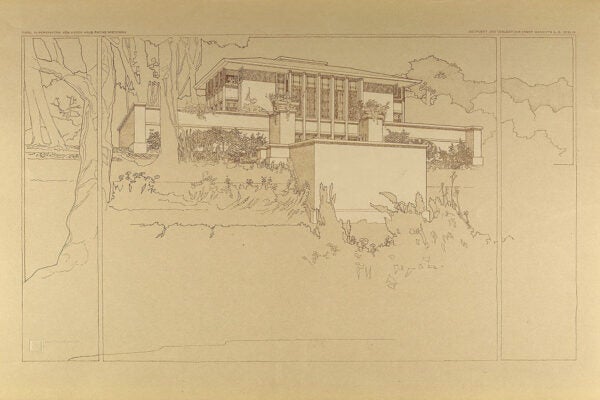Searching for Queer Spaces
The dominant heteroview of architectural history means we may lose our queer spaces and their histories before we even know they exist.
Dave the Potter’s Mark on History
An enslaved African American in South Carolina did the unthinkable, writing his name on the walls of his vessels—and forever inscribing history.
How Bengal’s Nineteenth-Century Art Defined Women
Women’s roles as icons ranged from being seductive and erotic to mythical and religious as they imparted social, political, and ethical values.
The Fungi-Mad Ladies of Long Ago
In mycology’s early days, botanical drawing was, for some women, a calling. Their mushroom renderings were key to establishing this new field.
Hassan Fathy and New Gourna
Fathy rejected European ideas of modernism, arguing that Egypt could draw on its own regional histories to develop a national aesthetic.
Elena Guro and the Cubo-Futurism Group
Informed by the philosophies of the Futurists, Guro's painting and poetry represented an era of experimentation and innovation in Russian art.
Delts Don’t Lie
Renaissance artists routinely used men as models for their depictions of female subjects, yet only the musculatures of Michelangelo tell that story.
The Shakespeare of English Furniture?
Not much is known about eighteenth-century furniture designer Thomas Chippendale, making his life and work perfect for mythologizing after his death.
Marion Mahony Griffin, Prairie School Architect
A founding member of the Prairie School, Mahony defined the movement’s now-familiar aesthetic for a global audience.
The Enduring Appeal of Architect Geoffrey Bawa
Bawa's global travels helped him to create buildings and landscapes that are inextricably linked to Sri Lankan sensibilities and craftsmanship.

